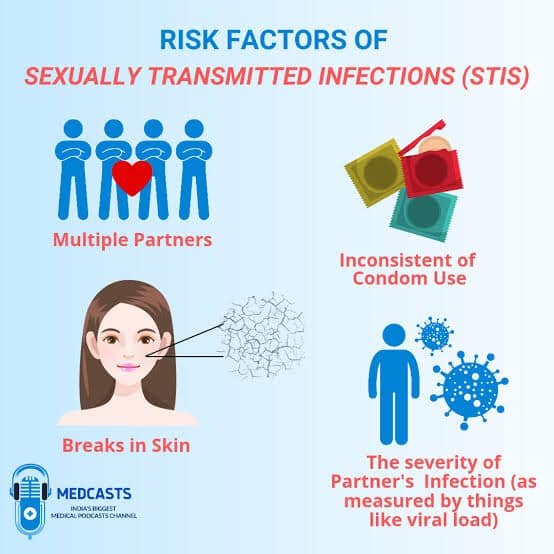The nurse caring for a woman hospitalized for hyperemesis gravidarum should expect that initial treatment will involve:
an antiemetic such as pyridoxine to control vomiting.
IV therapy to correct fluid and electrolyte imbalances.
enteral nutrition to meet nutritional needs.
corticosteroids to reduce inflammation.
The Correct Answer is B
Choice A reason: An antiemetic such as pyridoxine may be used to control vomiting in women with hyperemesis gravidarum, but it is not the initial treatment. The first priority is to restore fluid and electrolyte balance and prevent dehydration and hypovolemia.
Choice B reason: IV therapy is the initial treatment for women with hyperemesis gravidarum. It helps to correct fluid and electrolyte imbalances, prevent dehydration and hypovolemia, and restore normal blood pressure and urine output. IV fluids may also contain glucose, vitamins, and electrolytes to replenish losses.
Choice C reason: Enteral nutrition may be used to meet nutritional needs in women with hyperemesis gravidarum, but it is not the initial treatment. Enteral nutrition involves feeding through a tube inserted into the stomach or intestine. It may be considered if oral intake is not tolerated or adequate after IV therapy.
Choice D reason: Corticosteroids are not used to treat hyperemesis gravidarum. They are used to reduce inflammation in conditions such as asthma, rheumatoid arthritis, and allergic reactions. They have no effect on nausea and vomiting in pregnancy.
Nursing Test Bank
Naxlex Comprehensive Predictor Exams
Related Questions
Correct Answer is B
Explanation
Choice A reason: Intranasal spray is not a correct option, as urofollitropin is not available in this form. Intranasal spray is a method of delivering some medications through the nose, where they can be absorbed by the mucous membranes. However, urofollitropin is a protein hormone that would be degraded by the enzymes in the nasal cavity and would not reach the bloodstream effectively.
Choice B reason: Intramuscular injection is the correct option, as urofollitropin is available in this form. Intramuscular injection is a method of delivering medications into the muscle tissue, where they can be absorbed by the blood vessels. Urofollitropin is a protein hormone that needs to be injected into the body to bypass the digestive system and avoid being broken down by the stomach acids and enzymes. Urofollitropin is usually injected into the thigh or buttock muscles once a day for several days, depending on the dosage and the response².
Choice C reason: Vaginal suppository is not a correct option, as urofollitropin is not available in this form. Vaginal suppository is a method of delivering medications into the vagina, where they can be absorbed by the vaginal walls or act locally. Urofollitropin is a protein hormone that would not be absorbed well by the vaginal mucosa and would not reach the ovaries, where it is supposed to stimulate the development of the follicles (eggs).
Choice D reason: Tablet is not a correct option, as urofollitropin is not available in this form. Tablet is a method of delivering medications orally, where they can be swallowed and absorbed by the gastrointestinal tract. Urofollitropin is a protein hormone that would be destroyed by the stomach acids and enzymes and would not reach the bloodstream or the ovaries.
Correct Answer is ["B","C","D"]
Explanation
Choice A reason: Abstinence is the avoidance of sexual activity, which reduces the risk of exposure to STIs. It is not a sexual risk behavior.
Choice B reason: Multiple sex partners increases the likelihood of exposure to STIs, especially if the partners are not tested or treated. It is a sexual risk behavior.
Choice C reason: Unprotected anal intercourse exposes the mucous membranes of the rectum and anus to potential pathogens, which can cause STIs such as gonorrhea, chlamydia, syphilis, and HIV. It is a sexual risk behavior.
Choice D reason: Oral sex involves contact between the mouth and the genitals or anus, which can transmit STIs such as herpes, HPV, gonorrhea, and syphilis. It is a sexual risk behavior.
Choice E reason: Dry kissing is the contact between the lips without the exchange of saliva, which does not transmit STIs. It is not a sexual risk behavior.

Whether you are a student looking to ace your exams or a practicing nurse seeking to enhance your expertise , our nursing education contents will empower you with the confidence and competence to make a difference in the lives of patients and become a respected leader in the healthcare field.
Visit Naxlex, invest in your future and unlock endless possibilities with our unparalleled nursing education contents today
Report Wrong Answer on the Current Question
Do you disagree with the answer? If yes, what is your expected answer? Explain.
Kindly be descriptive with the issue you are facing.
